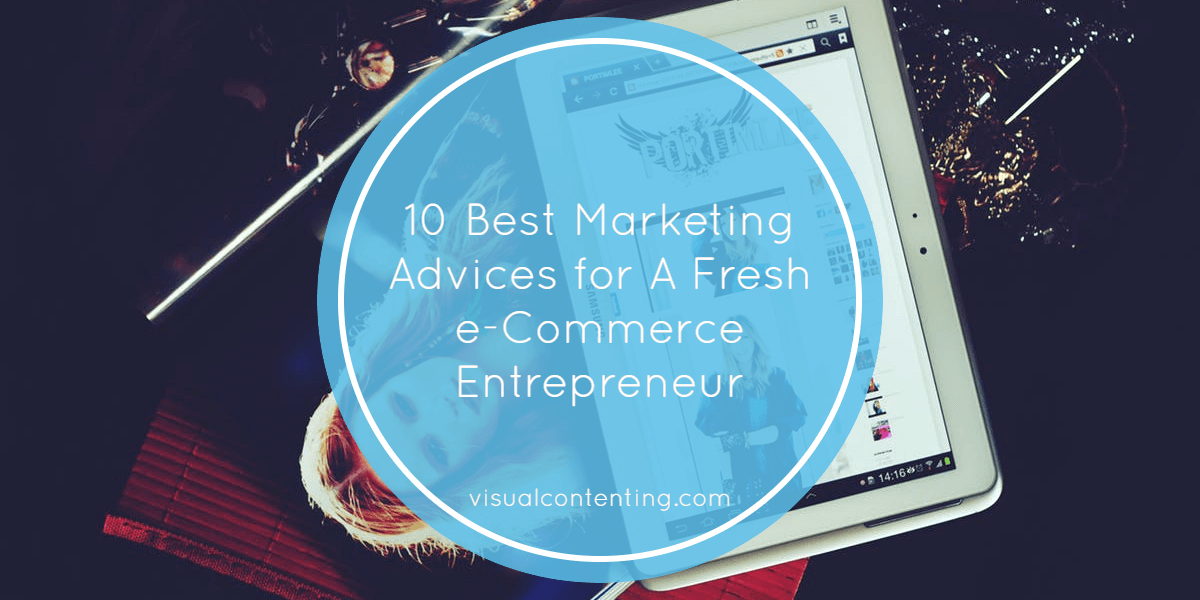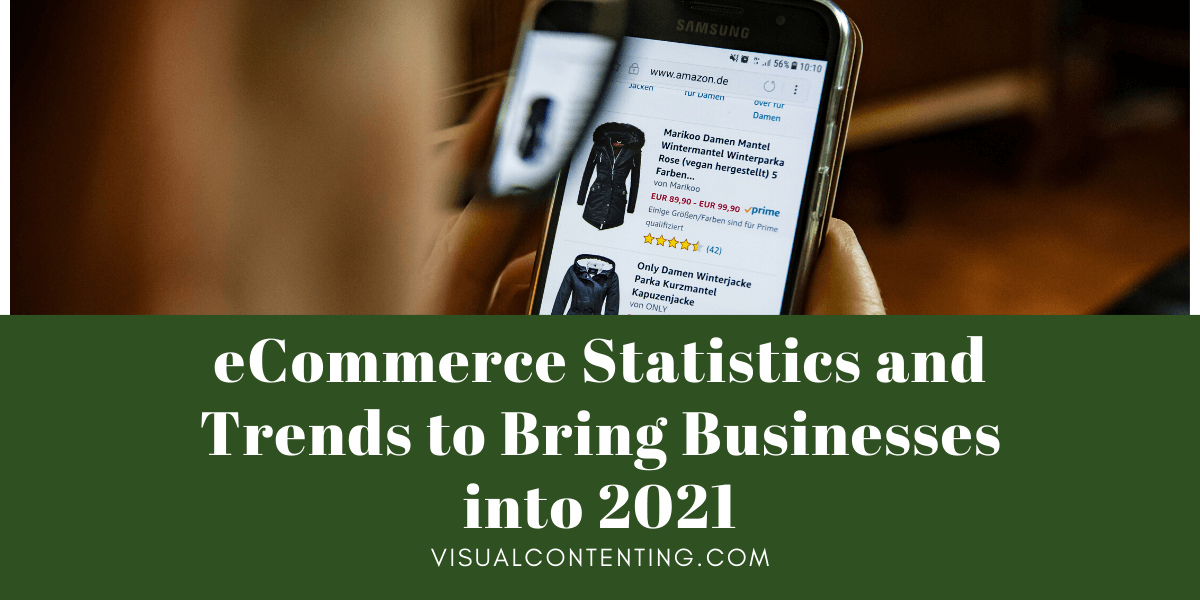Starting a new e-commerce business can be a difficult venture if you’ve never dealt with retail, shipping, customer service, and every other detail that goes into a dynamic web store.
Sometimes it can seem so complicated and scary that it stops some entrepreneurs from every beginning of their journey.
To help avoid some of these pitfalls, today I want to discuss ten of the best marketing advices for a new e-commerce entrepreneur coming into this business. Hopefully, this will help in preparing you for some of the pitfalls you should try and avoid.
So let’s jump right in!
1. Use A/B Split Testing for Your Shopping Cart Checkout
One of the best ways to quickly find out what’s working and what’s not is to perform A/B split testing for your shopping cart checkout page. Here’s a great example of Sim City and an A/B split test design:

(Image Source: E-commercePlatforms.com)
By running these tests, it will quickly tell you where in the process your shoppers are abandoning their cart or if they are finding it tough to pay you.
These are vital things to keep in mind when you are first starting out of the gate because you can’t afford to lose sales because you don’t know what works.
2. Start Building Relationships with Influencers in Your Industry
Most new e-commerce site owners think that the most important thing is doing marketing on platforms such as Facebook and Instagram.
While this is extremely crucial, building solid relationships with influencers in your industry may arguably be more valuable in the long run.
Finding influencers in your particular industry can be difficult but try and use a tool like Famebit to help you.
3. Be on Several Social Media Platforms
Make sure you are on every social media platform possible. Instagram, Facebook, Pinterest, and Twitter and a few of the main ones for selling your products. Talk to your clients. Engage with your clients. Make them feel special.

This is where you will get to know what your customers want from your store. Make sure to use tools such as Buffer or Hootsuite to monitor and keep track of comments that come in from these various platforms.
4. Offer Free Shipping

Offering free shipping can really push someone over the edge who is sitting on the fence with one of your products.
This is also one of those items that you can do an A/B split test on to see if you get more sales from shipping for free vs. paid.
Offering free shipping is another way that you can also differentiate yourself from your competition and give you the edge.
Also, consider this; according to a Marketing Land study done in 2016, “Nine out of 10 customers say free shipping is the #1 incentive to shop online more.” According to a Marketing Land study done in 2016, nine out of 10 customers say free shipping is the #1 incentive to shop online more. Share on X
5. Work on SEO Techniques for Your Website

Your goal should be to get your e-commerce to rank on the first page of Google at some point for specific industry keywords.
If you’re not familiar with Search Engine Optimization (SEO), you can learn from the top gurus in the industry, namely Brian Dean and Neil Patel.
You can start working on SEO techniques such as link-building and content writing from day one.
I’m sure though, once you understand how time-consuming SEO can be, you probably aren’t going to want to do it all yourself.
That’s when you get real serious and outsource your SEO to a good agency. In addition, have some basic tools with you to track your SEO score. This will also help you to track the work done by your hired agency.
6. Have a System in Place for Abandoned Cart Recovery

You may not realize just how big of a problem cart abandonment is. Just take a second to read the following by Barilliance:
“Some studies place abandonment as high as 80%, while other studies place cart abandonment as low as 55%.
In our study, we found the average cart abandonment rate for 2016 was 77.24%. This number rose slightly in 2017 to 78.65%.
In other words, over 3/4 of shoppers choose to leave the site without completing a purchase.”
As you can see, this is a huge issue! You need to have a strategy in place so that you can re-target the people who end up leaving your website on the check-out page without buying anything.
SmartInsights has some great tips on how to help lower your cart abandonment number.
7. Make Sure You Have a Good Upsell Strategy

Having an upsell strategy in place is extremely important so that you don’t miss out on any low-hanging fruit.
For example, if you are selling women’s accessories through an e-commerce platform such as Shopify, when your customer buys a necklace, make sure you show that person a pair of earrings that might match that necklace.
You can do this by using one of Shopify’s many apps for upselling and cross-selling.
8. Always Have a Retargeting Strategy in Place

Always make sure to have a retargeting strategy in place. I can’t stress this enough because, as you probably know by personal experience, consumers aren't always going to buy your merchandise from you when they first come to your website.
As a matter of fact, according to Episerver’s “Reimaging Commerce” report from 2017, 92 percent of consumers visiting a retailer's website for the first time aren't there to buy. 92 percent of consumers visiting a retailer's website for the first time aren't there to buy. Share on X
9. Develop An Email Marketing Campaign

Developing an email marketing campaign for your business is a must-have strategy to keep your products in front of your potential buyers.
Every person that comes to your website will not buy, as you’ve probably already guessed.
So how do you make it easy to keep in touch with your clients? Make sure you have a sign-up form on your website that they can use to receive coupons and promotions. In this way, you can stay in front of them with new products and services.
There are many great email marketing tools out there like MailChimp, Constant Contact, and Aweber that are easy to use and already have pre-made templates that you can use for your business.
10. Have A Well Designed E-commerce Website
Having a well-designed e-commerce website may seem like an obvious one, but there are more these days than just having a visually appealing site.
You need to go the extra mile and make sure you are following some of the below guidelines for your e-commerce website:
- Visual Hierarchy - This refers to the way your pages are laid out and how easy your site is to navigate. Always take care to notice your calls to action, color contrast, use of images, coupons, and white space. Make sure you always have your consumer’s journey in mind and think about the way their eyes would navigate the page that you are reviewing.
- Trust Badges - One of the best ways to makes sales is to gain your potential shopper’s trust. The number one method in putting your customers' mind at ease is through trust badges.

According to an article on InfusionSoft, you can also establish trust on your site by using “proof.”
Examples of proof you can use:
- Licenses and certifications.
- Customer testimonials.
- Behind-the-scenes content.
- Press and reviews.
- Contact us page.
Conclusion
Starting an e-commerce business can be quite time consuming, and seem like a daunting task in the beginning. If you follow the outline above, you will get off on the right foot and start getting sales in no time.
Make sure your website is professionally done and eye appealing so that you don’t lose any of your potential customers. Make sure your website is easy to navigate and doesn’t take long for customers to find what they are looking for.
There are many other tips and tricks for new e-commerce entrepreneurs so never stop learning and dive right in. It’s always the best way to learn.
Related Posts
Sam Zaman loves to write on technology and related stuff. E-commerce, mobile and internet marketing equally drive her interest. Likes gardening and experimenting with new recipes. An avid reader and absolutely mad @bout donuts. She has been associated with Mofluid for a long time.







